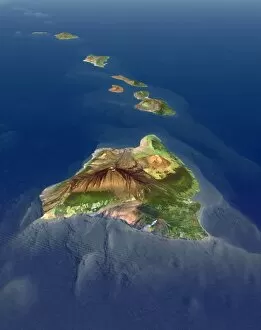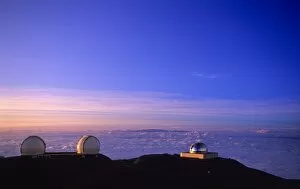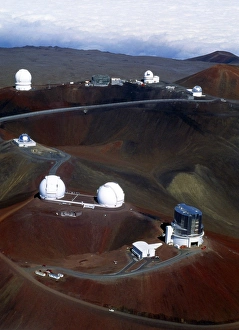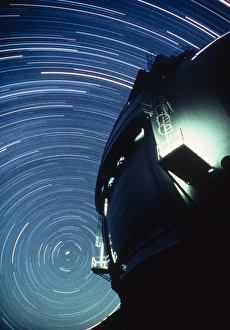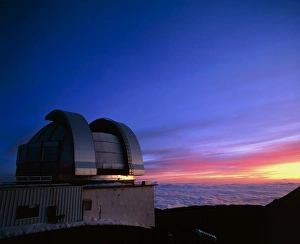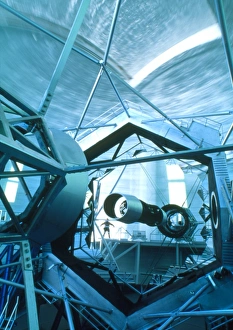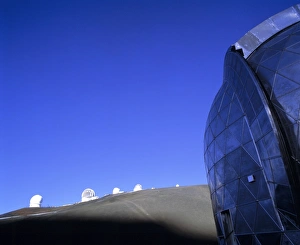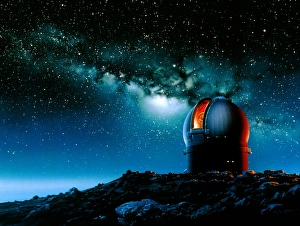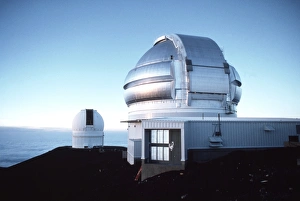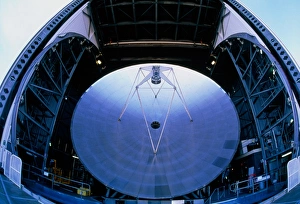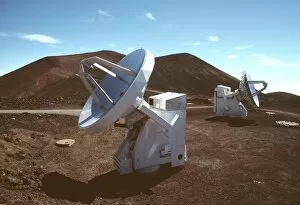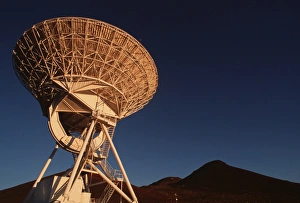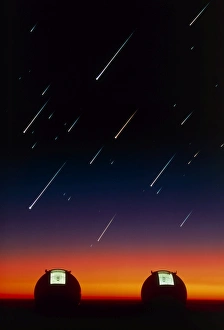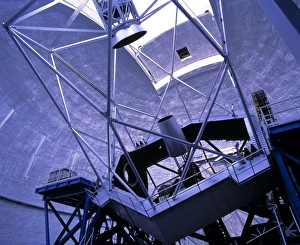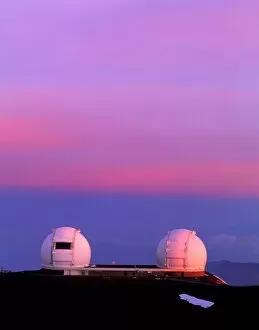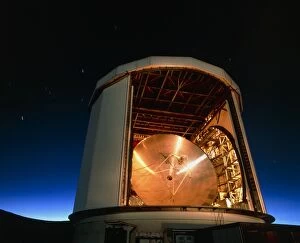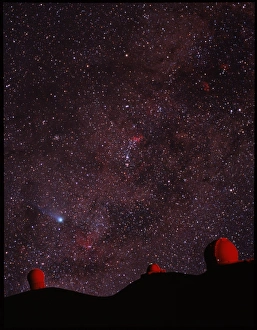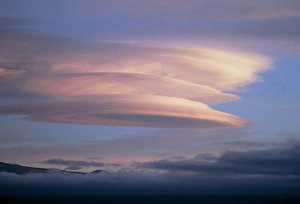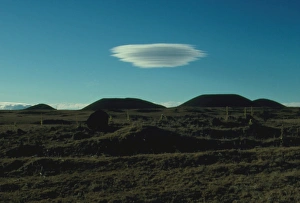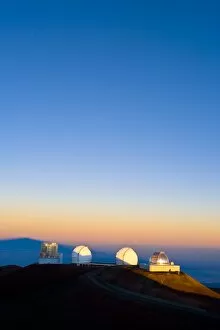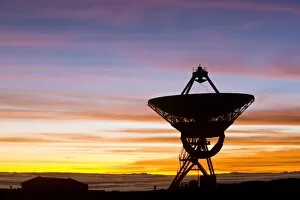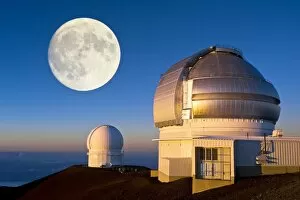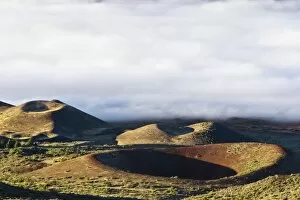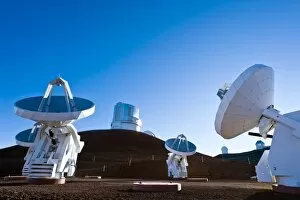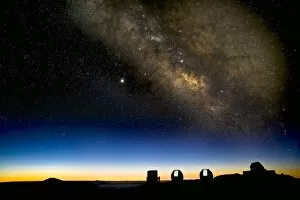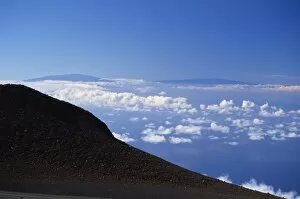Mauna Kea Collection (page 2)
Discover the wonders of Mauna Kea, home to world-renowned telescopes and breathtaking views of the Milky Way
All Professionally Made to Order for Quick Shipping
Discover the wonders of Mauna Kea, home to world-renowned telescopes and breathtaking views of the Milky Way. Located on the Big Island of Hawaii in the United States, this majestic volcanic cone stands tall at 4207m, offering an unrivaled vantage point for observing celestial marvels. The observatories atop it can a testament to human curiosity and scientific exploration, providing scientists with unparalleled opportunities to study our universe. From here, one can witness the mesmerizing beauty of the night sky as it unfolds above this Pacific paradise. Step into history as you imagine March 1859 when Mauna Kea volcano erupted, leaving its mark on paper for generations to come. Take in an aerial view of this unique landscape where volcanic cones dot the horizon alongside Mauna Kea's grandeur. Amongst these natural wonders lies the renowned Gemini Northern Telescope at Mauna Kea Observatory (4200m), showcasing mankind's relentless pursuit of knowledge and understanding. Soak in all that Mauna Kea has to offer - from its awe-inspiring scenery to its profound contributions towards unraveling the mysteries of our vast cosmos.



